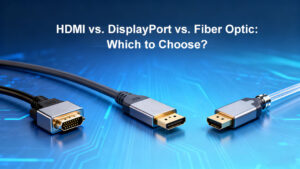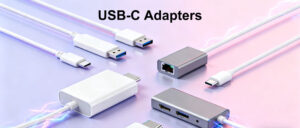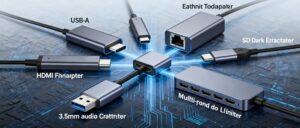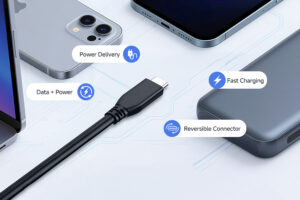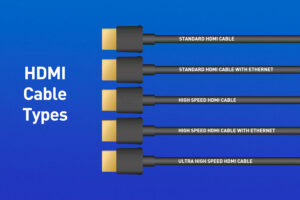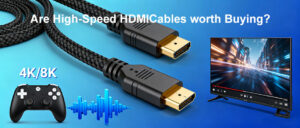
Lohnt sich die Anschaffung von High-Speed-HDMI-Kabeln?
Wahrscheinlich haben Sie schon einmal auf ein Regal mit HDMI-Kabeln gestarrt und sich gefragt, ob die Anschaffung von “High-Speed”-Kabeln nur ein Marketing-Trick ist. Spoiler: Das hängt von Ihrer Ausrüstung ab, aber für die meisten modernen Geräte lautet die Antwort: Ja. Lassen Sie uns den Fachjargon hinter uns lassen und erklären, warum, wann und welche Kabel wichtig sind. Erstens: Was ist ein Hochgeschwindigkeits-HDMI-Kabel? Nicht alle HDMI-Kabel sind gleich. Der Hauptunterschied liegt in der Bandbreite, d. h. der Datenmenge, die sie pro Sekunde übertragen können. Davon hängt ab, ob sie die heutigen (und zukünftigen) Ultra-High-Definition-Inhalte verarbeiten können. Standard-HDMI-Kabel haben eine maximale Bandbreite von 4,95 Gbit/s, was für alte 720p/1080p-Fernseher ausreicht, aber nicht mehr. High-Speed-Varianten hingegen beginnen bei 10,2 Gbit/s.

